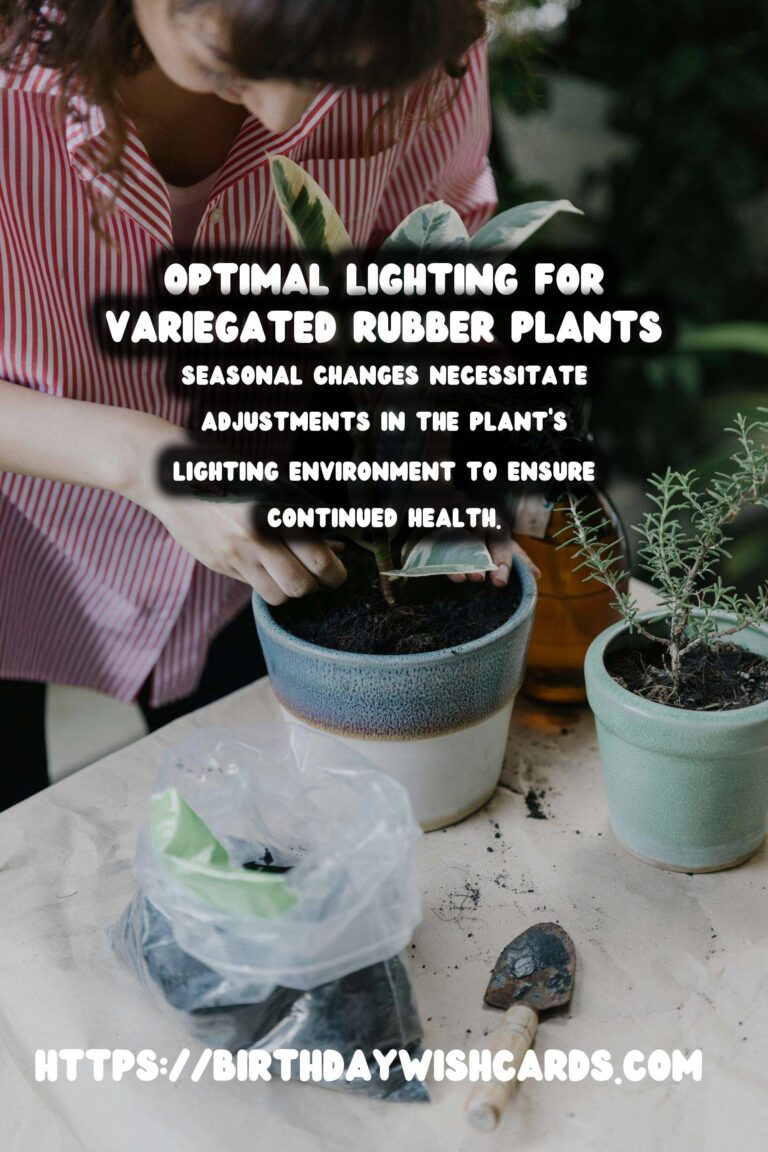
Rubber plants, scientifically known as Ficus elastica, are popular houseplants cherished for their stunning foliage and easy-care nature. Among the diverse varieties of rubber plants, variegated types stand out due to their unique leaf patterns and colors. However, to maintain their vibrant appearance, understanding the best lighting conditions is crucial. This article delves into the optimal lighting for variegated rubber plants and offers tips on how to care for them effectively.
Understanding Variegated Rubber Plants
Variegated rubber plants are distinguished by their leaves, which display a mix of colors, typically green with cream, white, or yellow variegation. This coloration is due to genetic mutations that affect chlorophyll production. While visually appealing, variegation can affect the plant’s ability to photosynthesize efficiently, making proper lighting more important for these plants than their non-variegated counterparts.
Optimal Lighting Conditions
The best lighting for variegated rubber plants is bright, indirect sunlight. Direct sunlight can scorch their leaves, while too little light can cause the variegation to fade. Ideally, place your plant near a window that receives plenty of natural light but is filtered through sheer curtains or blinds. East-facing windows are often ideal as they allow for morning sun, which is less intense. You can also position your plant in a well-lit room with exposure to artificial grow lights if natural light is insufficient.
Signs of Lighting Issues
Monitoring your rubber plant for signs of lighting issues is essential. If the plant receives too much direct sunlight, you may notice brown or burnt spots on the leaves. Conversely, if the plant is not getting enough light, the leaves may become dull, and the variegation may become less pronounced. In extreme cases, the plant may become leggy and weak as it stretches towards the light source.
Adjusting Lighting for Seasonal Changes
As seasons change, so does the intensity and duration of natural sunlight. During winter months, when daylight hours are shorter, consider moving your rubber plant closer to a light source or supplementing with artificial lighting to ensure it continues to thrive. Conversely, in the summer, ensure the plant is not exposed to harsh midday sun by adjusting its position or using window treatments to diffuse the light.
Additional Care Tips
Besides lighting, other factors contribute to the health of your variegated rubber plant. Ensure that you water your plant adequately, allowing the top inch of soil to dry out between waterings. Use well-draining potting soil to prevent root rot, and maintain a consistent temperature, avoiding cold drafts and dramatic fluctuations. Regularly clean the leaves with a damp cloth to remove dust, which can impede photosynthesis.
Additionally, fertilize your rubber plant during the growing season with a balanced, water-soluble fertilizer to support its growth and vibrant foliage. Pruning may also be necessary to maintain the desired shape and encourage bushier growth.
Conclusion
Caring for variegated rubber plants involves providing them with the right lighting conditions to maintain their stunning appearance. By ensuring they receive bright, indirect light and adjusting their environment according to seasonal changes, you can enjoy a healthy, thriving plant. Paying attention to the plant’s overall care, including watering, soil quality, and temperature, will further enhance its vitality and beauty.
Variegated rubber plants, known for their unique leaf patterns, require specific lighting conditions to maintain their vibrant appearance. Bright, indirect sunlight is ideal for variegated rubber plants, while direct sunlight can cause leaf scorch. Insufficient light can lead to faded variegation and leggy growth in rubber plants. Seasonal changes necessitate adjustments in the plant’s lighting environment to ensure continued health. Proper care, including watering and fertilizing, complements the lighting needs of variegated rubber plants. 
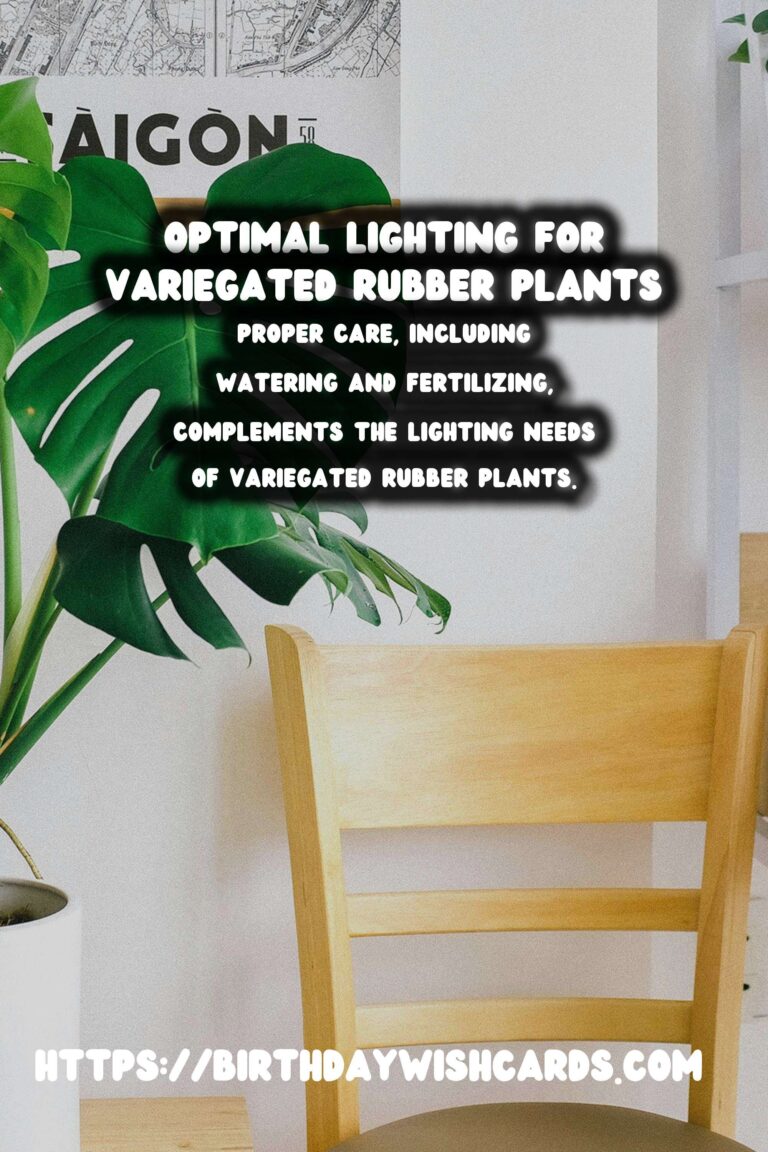
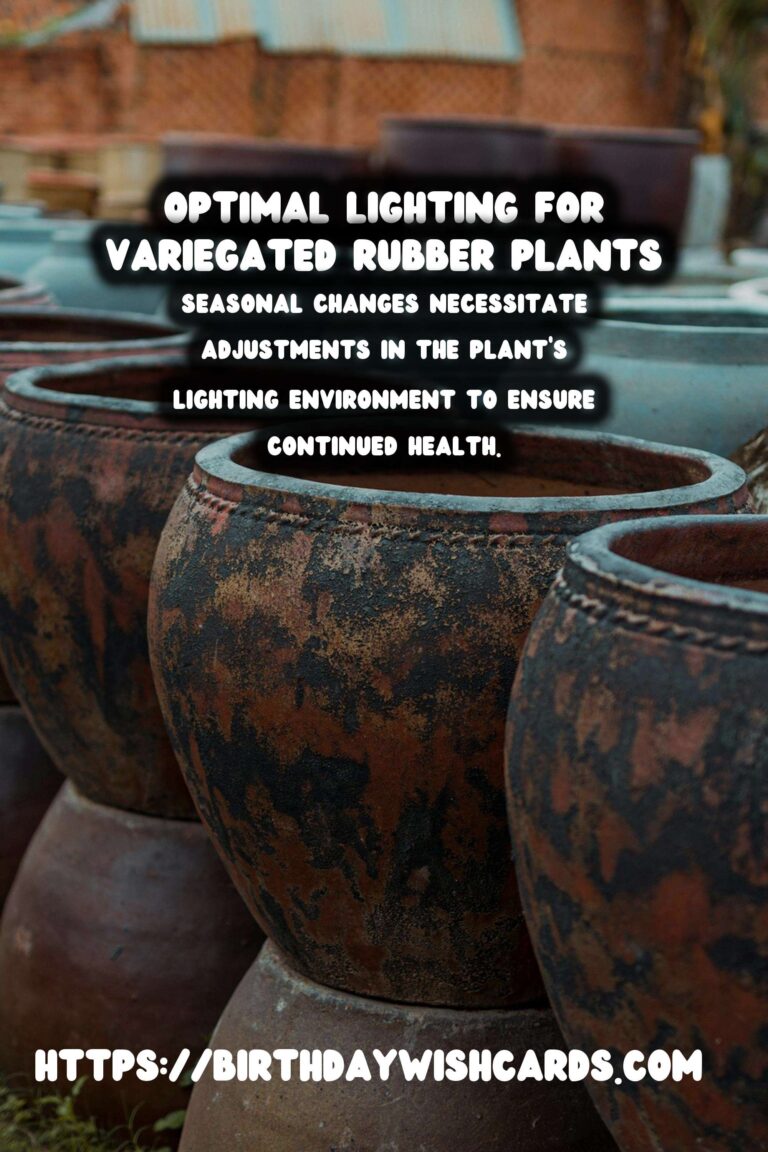
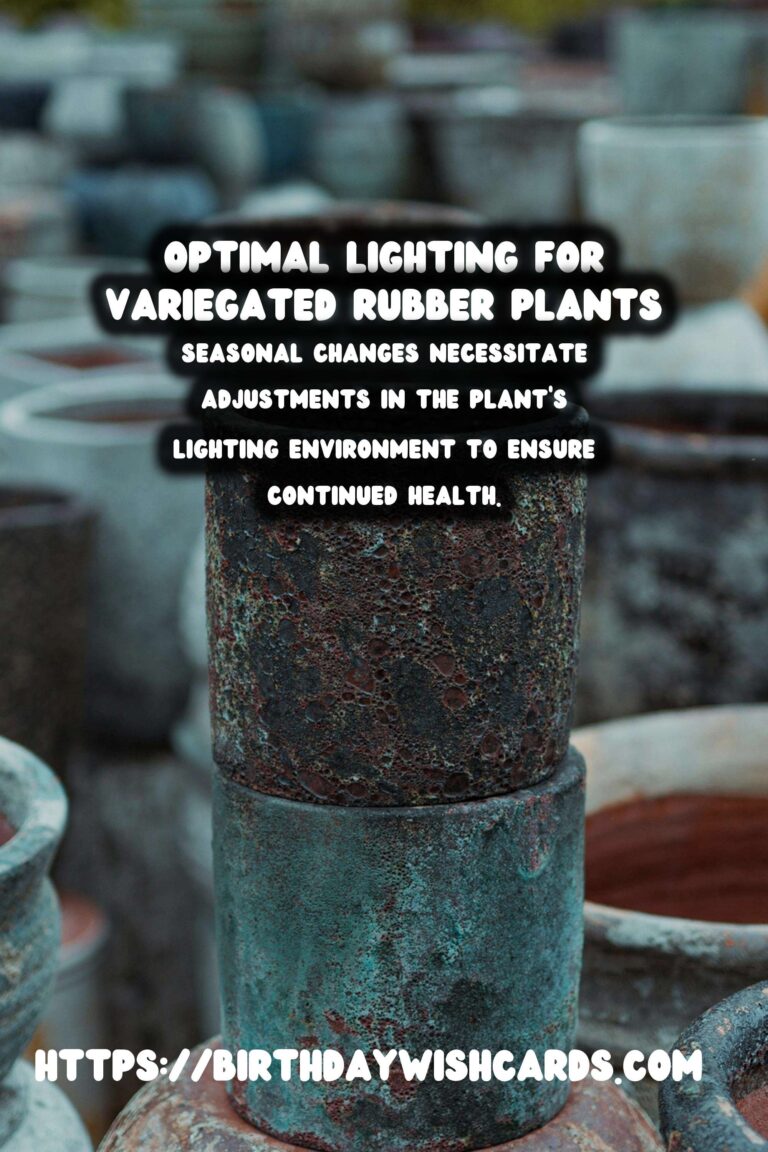
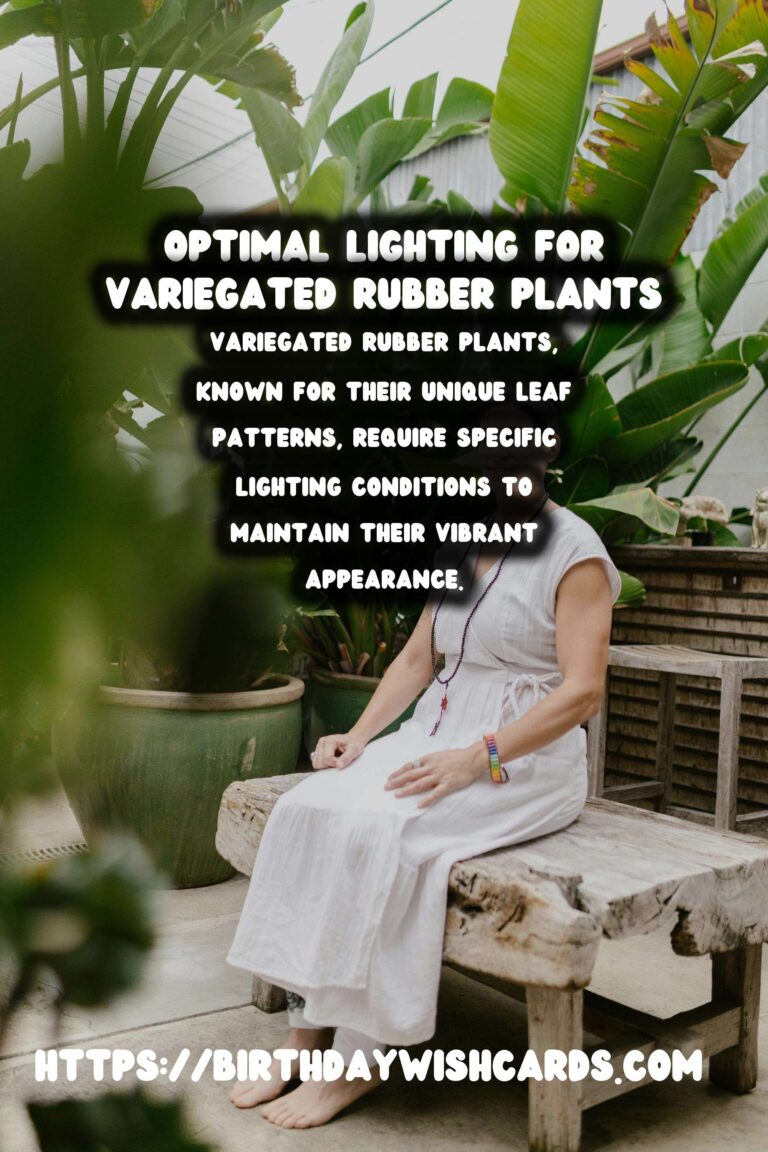
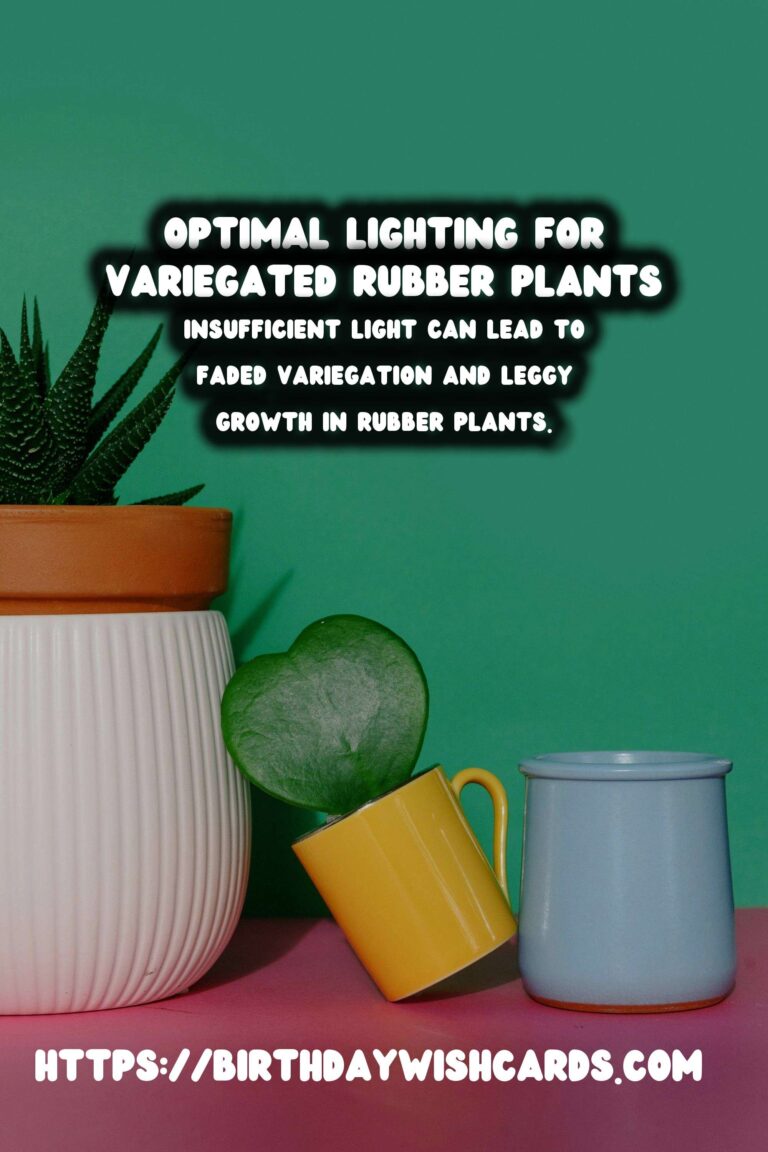
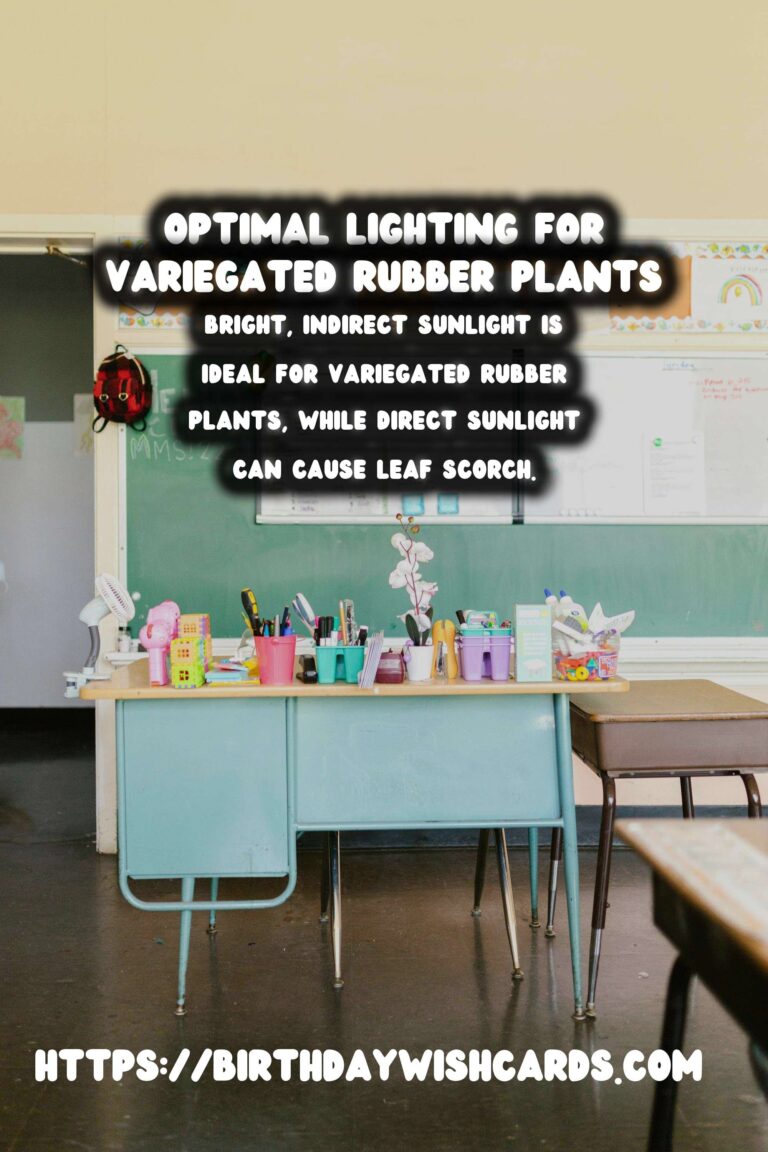
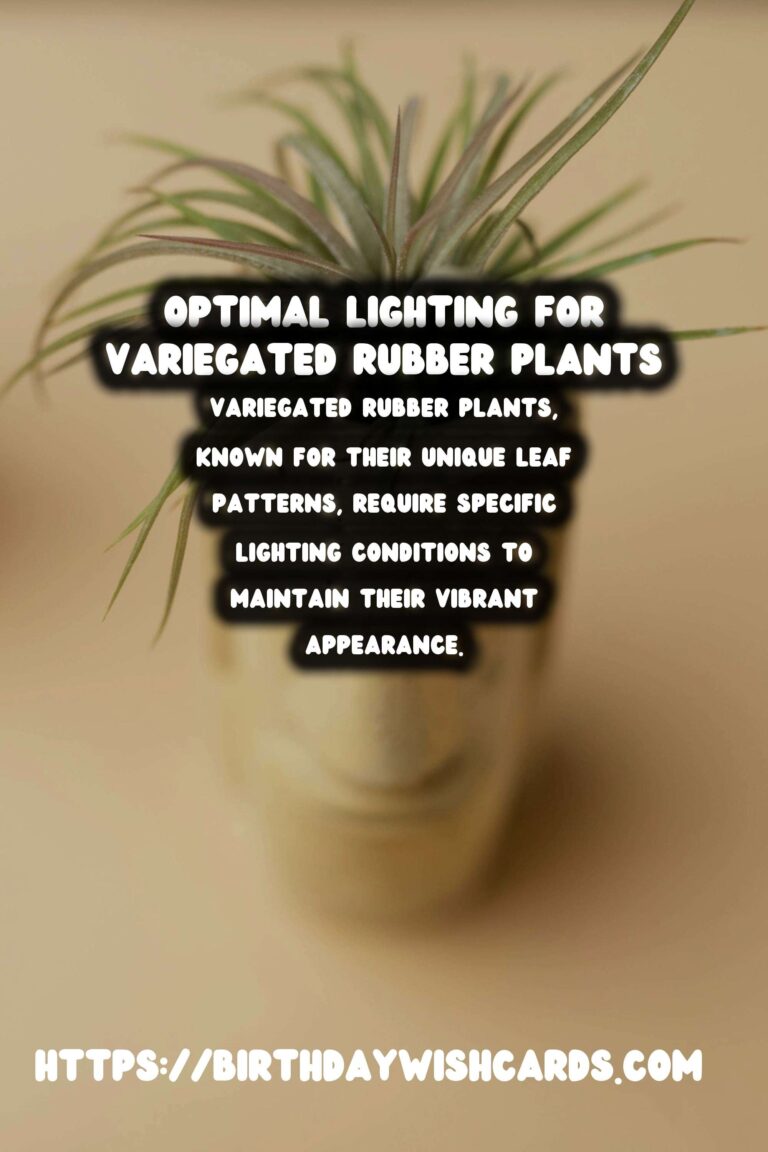
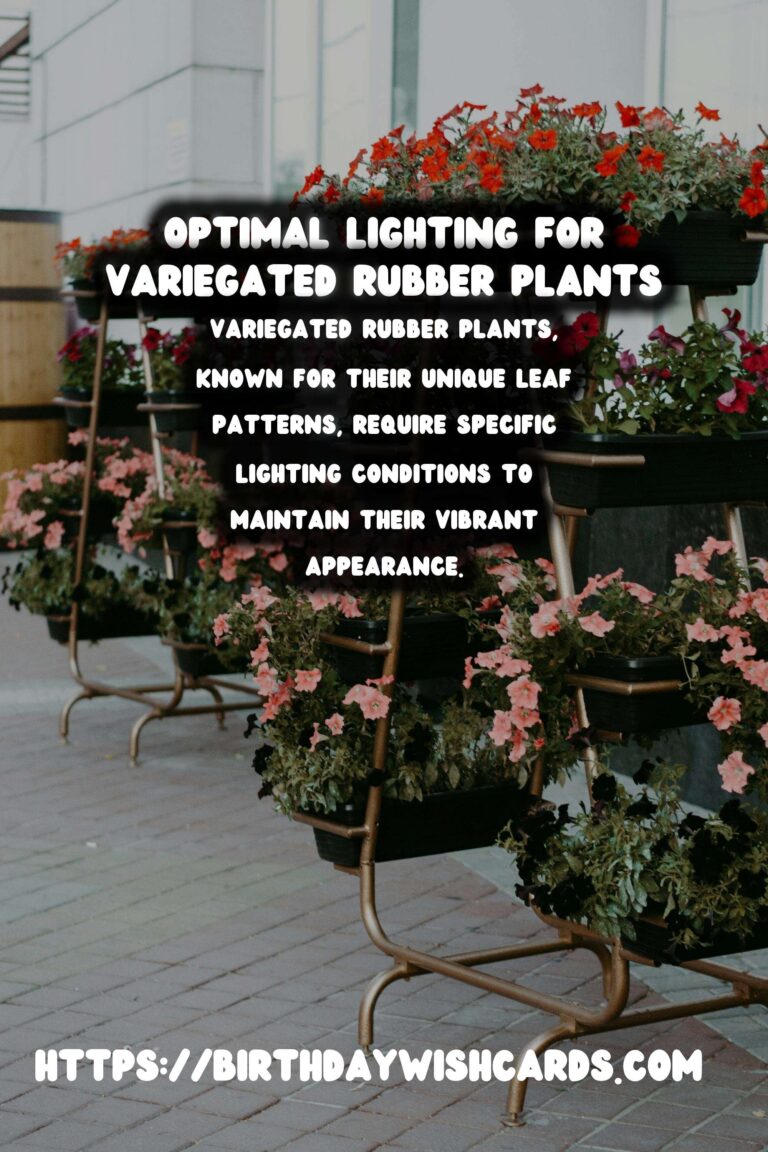
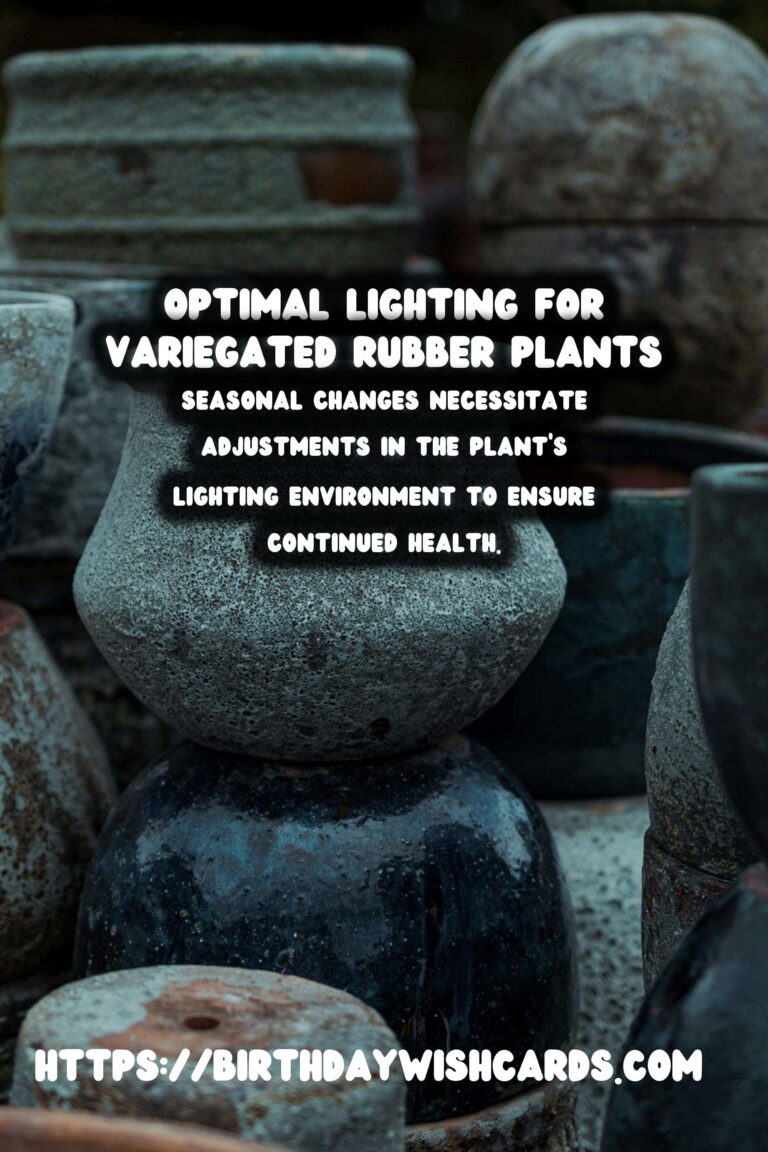
#RubberPlants #VariegatedPlants #IndoorGardening #HousePlants #PlantCare




